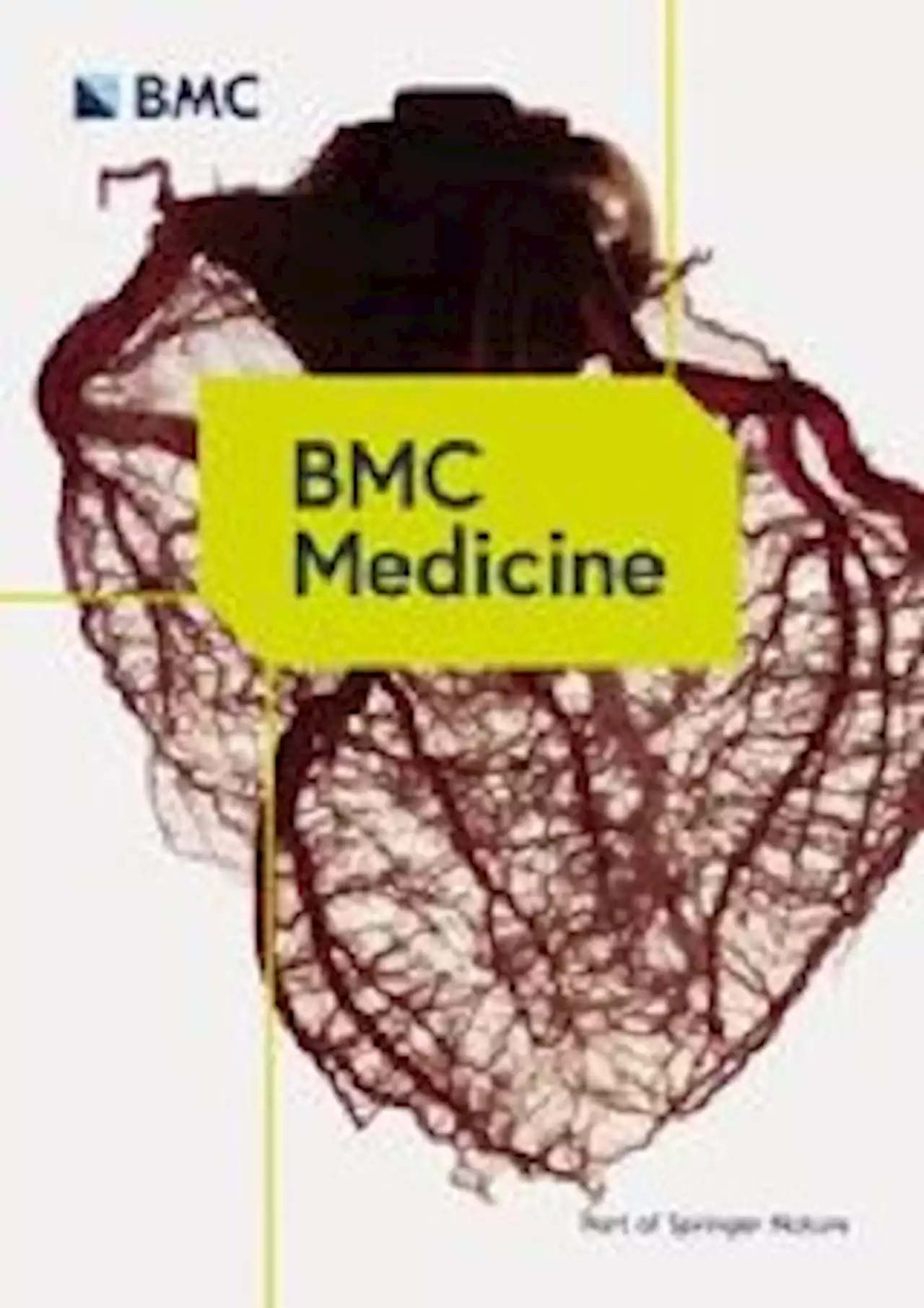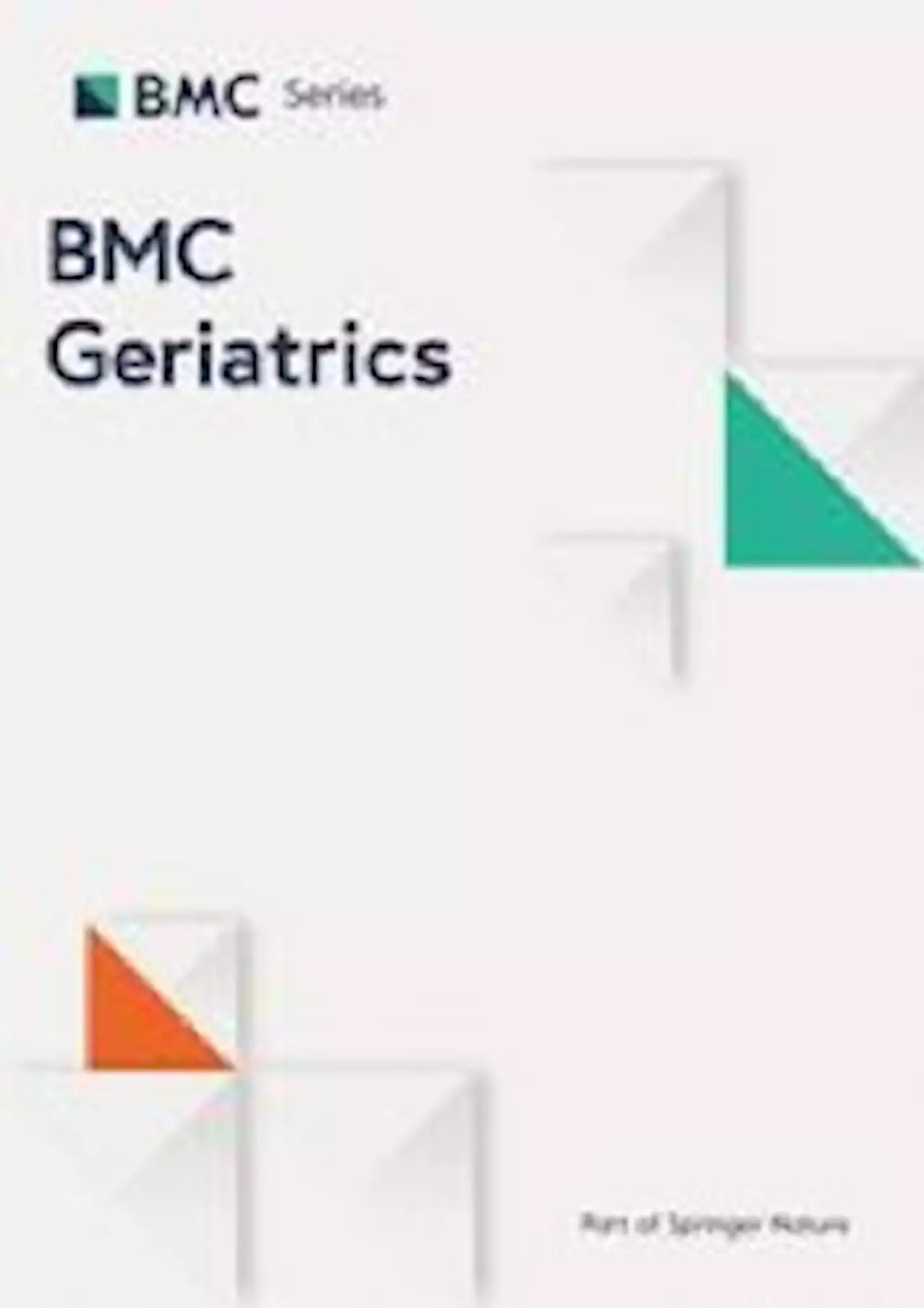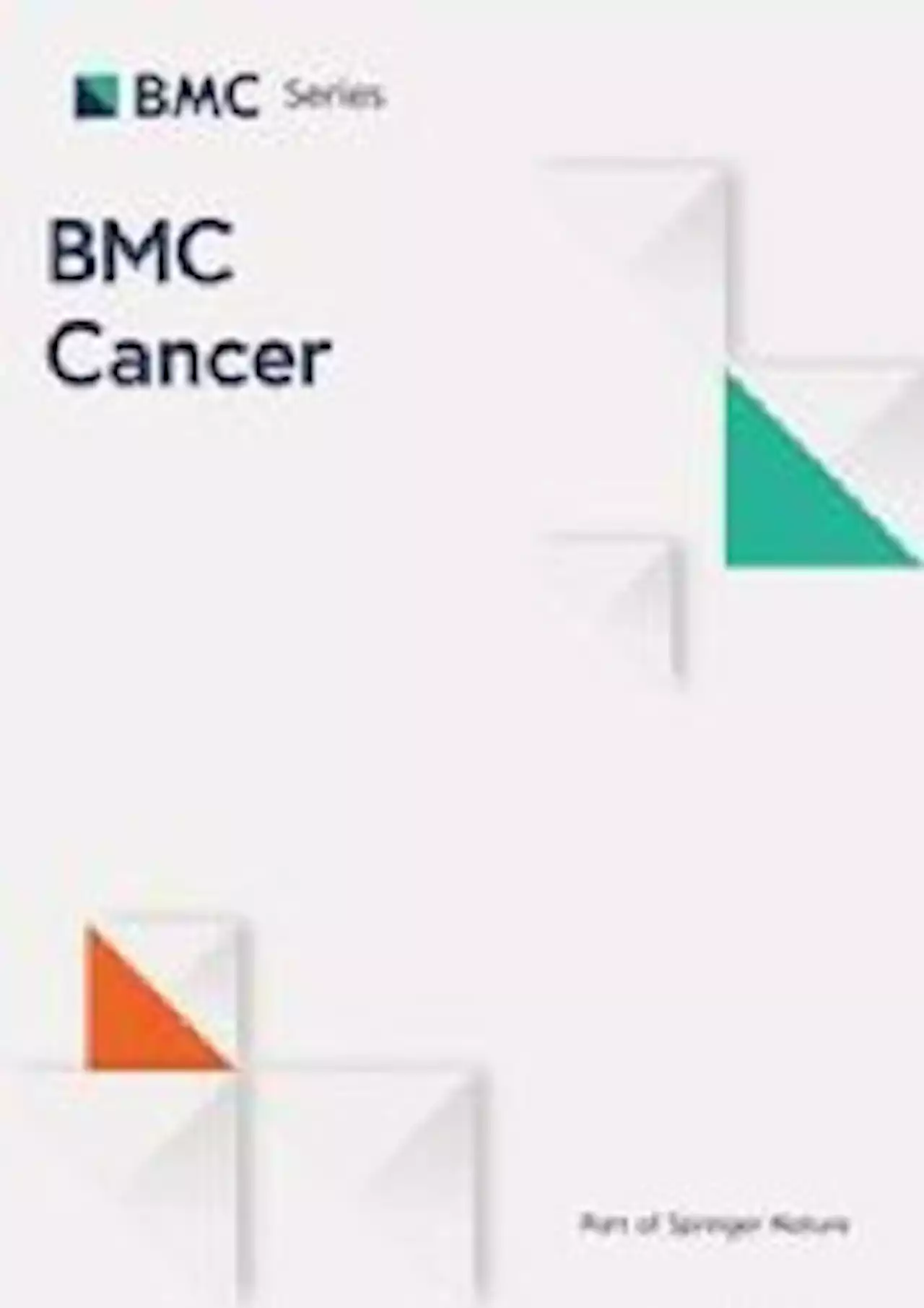A study published in BMCCancer finds that sniffer dogs can identify lung cancer patients from breath and urine samples, and this could be a simple and non-invasive tool to detect lung cancer.
Sample preparation and collection was highly standardized: Urine samples were self-collected from a specimen cup filled with spontaneous urine by the patient. There was no further differentiation concerning the timing of the urine sample, e.g. early morning or midstream urine in order to avoid any sample preselection. All participants were asked for signs of urinary tract infections; results of urine rapid tests were incorporated if they were already available.
Patients of the control group were either hospitalized in the municipal hospital Darmstadt for other reasons, or they were hospital staff or patients from the nearby pulmonologists office in Darmstadt. Healthy volunteers were also accepted. Their samples were taken at the study’s office in the municipal hospital Darmstadt. All included patients of the control group as well as all healthy volunteers had no cancer history and a non-pathological heart and lung auscultation.
All tissue samples were analyzed histopathologically at the Department of Pathology at the Municipal Hospital Darmstadt and distinction was made between a small cell lung cancer and a non-small cell lung cancer . For this study, the dog was conditioned by a classical conditioning method, called the clicker method: a correct indication of a sample was initially rewarded by food along with a specific click from a clicker device. During the conditioning phase the dog was trained to accept the click sound as the only positive reinforcement sign. Duration of the conditioning phase was about one year with training once or twice a week. Week days and training hours changed randomly.
United States Latest News, United States Headlines
Similar News:You can also read news stories similar to this one that we have collected from other news sources.
 Family history and breast cancer risk for Asian women: a systematic review and meta-analysis - BMC MedicineBackground Studies of women of European ancestry have shown that the average familial relative risk for first-degree relatives of women with breast cancer is approximately twofold, but little is known for Asian women. We aimed to provide evidence for the association between family history and breast cancer risk for Asian women by systematically reviewing published literature. Methods Studies reporting the familial relative risk of breast cancer for Asian women were searched in three online databases and complemented by a manual search. Odds ratios (ORs) for the association between family history and breast cancer risk were pooled across all included studies and by subgroups in terms of the type of family history, age, menopausal status and geographical region. Results The pooled OR for women who have a first-degree relative with breast cancer was 2.46 (95% confidence interval [CI]: 2.03, 2.97). There was no evidence that the familial risk differed by the type of affected relative (mother versus sisters), the woman’s age ( 0.3). The pooled ORs for women of Asian ancestry with a family history in any relative were similar for those living in non-Asian countries (2.26, 95% CI: 1.42, 3.59) compared with those living in Asian countries (2.18, 95% CI: 1.85, 2.58). Conclusions Family history of breast cancer is associated with an approximately twofold relative risk of breast cancer for Asian women, which is of similar magnitude to that observed for women of European ancestry. This implies that similar familial factors are implicated in breast cancer risk between women of European and Asian ancestries. Genetic factors are likely to play a substantial role in explaining the breast cancer familial risk for Asian women, as similar risks were observed across different living environments and cultures.
Family history and breast cancer risk for Asian women: a systematic review and meta-analysis - BMC MedicineBackground Studies of women of European ancestry have shown that the average familial relative risk for first-degree relatives of women with breast cancer is approximately twofold, but little is known for Asian women. We aimed to provide evidence for the association between family history and breast cancer risk for Asian women by systematically reviewing published literature. Methods Studies reporting the familial relative risk of breast cancer for Asian women were searched in three online databases and complemented by a manual search. Odds ratios (ORs) for the association between family history and breast cancer risk were pooled across all included studies and by subgroups in terms of the type of family history, age, menopausal status and geographical region. Results The pooled OR for women who have a first-degree relative with breast cancer was 2.46 (95% confidence interval [CI]: 2.03, 2.97). There was no evidence that the familial risk differed by the type of affected relative (mother versus sisters), the woman’s age ( 0.3). The pooled ORs for women of Asian ancestry with a family history in any relative were similar for those living in non-Asian countries (2.26, 95% CI: 1.42, 3.59) compared with those living in Asian countries (2.18, 95% CI: 1.85, 2.58). Conclusions Family history of breast cancer is associated with an approximately twofold relative risk of breast cancer for Asian women, which is of similar magnitude to that observed for women of European ancestry. This implies that similar familial factors are implicated in breast cancer risk between women of European and Asian ancestries. Genetic factors are likely to play a substantial role in explaining the breast cancer familial risk for Asian women, as similar risks were observed across different living environments and cultures.
Read more »
 Predictor of cognitive impairment: metabolic syndrome or circadian syndrome - BMC GeriatricsBackground It was reported that metabolic syndrome increases the risk for cognitive impairment and circadian rhythm may influence cognition behavior. Identifying the potential risk factors is essential to screen individuals with neuronal dysfunction, neuronal loss, and cognitive decline and prevent cognitive impairment and dementia development. Methods We clarified participants by the presence of metabolic syndrome (MetS) and circadian syndrome (CircS) and employed three multivariable Generalized Estimating Equation (GEE) models to control the potential confounding factors and estimate the β values for cognitive function using as referents those had neither MetS nor CircS at baseline. The cognitive function consists of episodic memory and executive function was estimated via the modified Telephone Interview for Cognitive Status (TICS) every two years until 2015. Results The mean age of the participants was 58.80 (8.93) years and 49.92% (male). The prevalence of MetS and CircS was 42.98% and 36.43%, respectively. 1,075 (11.00%) and 435 (4.45%) participants had either MetS or CircS alone and 3,124 (31.98%) had both CircS and MetS. Participants with both MetS and CircS compared with normal had a significantly decreased cognitive function score during the 4-years cohort (β=-0.32, 95% CI: -0.63, -0.01) with the complete model, as well as among participants who suffered from CircS alone (β=-0.82, 95% CI: -1.47, -0.16), while not among participants with MetS alone (β = 0.13, 95% CI: -0.27, 0.53). Specifically, compared with the normal population a significantly lower score was discovered in the episodic memory (β=-0.51, 95% CI: -0.95, -0.07), while slightly lower in executive function (β=-0.33, 95% CI: -0.68, -0.01) among individuals with CircS alone. Conclusions Individuals with CircS alone or both MetS and CircS have a high risk of cognitive impairment. The association was even stronger in participants with CircS alone than those with both MetS and CircS, suggesting Circ
Predictor of cognitive impairment: metabolic syndrome or circadian syndrome - BMC GeriatricsBackground It was reported that metabolic syndrome increases the risk for cognitive impairment and circadian rhythm may influence cognition behavior. Identifying the potential risk factors is essential to screen individuals with neuronal dysfunction, neuronal loss, and cognitive decline and prevent cognitive impairment and dementia development. Methods We clarified participants by the presence of metabolic syndrome (MetS) and circadian syndrome (CircS) and employed three multivariable Generalized Estimating Equation (GEE) models to control the potential confounding factors and estimate the β values for cognitive function using as referents those had neither MetS nor CircS at baseline. The cognitive function consists of episodic memory and executive function was estimated via the modified Telephone Interview for Cognitive Status (TICS) every two years until 2015. Results The mean age of the participants was 58.80 (8.93) years and 49.92% (male). The prevalence of MetS and CircS was 42.98% and 36.43%, respectively. 1,075 (11.00%) and 435 (4.45%) participants had either MetS or CircS alone and 3,124 (31.98%) had both CircS and MetS. Participants with both MetS and CircS compared with normal had a significantly decreased cognitive function score during the 4-years cohort (β=-0.32, 95% CI: -0.63, -0.01) with the complete model, as well as among participants who suffered from CircS alone (β=-0.82, 95% CI: -1.47, -0.16), while not among participants with MetS alone (β = 0.13, 95% CI: -0.27, 0.53). Specifically, compared with the normal population a significantly lower score was discovered in the episodic memory (β=-0.51, 95% CI: -0.95, -0.07), while slightly lower in executive function (β=-0.33, 95% CI: -0.68, -0.01) among individuals with CircS alone. Conclusions Individuals with CircS alone or both MetS and CircS have a high risk of cognitive impairment. The association was even stronger in participants with CircS alone than those with both MetS and CircS, suggesting Circ
Read more »
 Oxfordshire firefighters rally over zero fire experience boss plansUnder a new direct-entry scheme, the station manager requires no background in the fire service.
Oxfordshire firefighters rally over zero fire experience boss plansUnder a new direct-entry scheme, the station manager requires no background in the fire service.
Read more »
 The 'silent' symptom of deadly liver cancer you might mistake for indigestionPAIN or discomfort after eating could be a sign of liver cancer, experts warn. Indigestion-like symptoms are common in people with the disease, which kills almost 6,000 people in the UK every year.…
The 'silent' symptom of deadly liver cancer you might mistake for indigestionPAIN or discomfort after eating could be a sign of liver cancer, experts warn. Indigestion-like symptoms are common in people with the disease, which kills almost 6,000 people in the UK every year.…
Read more »
 Skin cancer warning symptoms and how to spot the signs as cases reach record highSkin cancer cases have reached a record high with people being warned to look out for certain signs and symptoms so they can detect changes early should they notice any changes.
Skin cancer warning symptoms and how to spot the signs as cases reach record highSkin cancer cases have reached a record high with people being warned to look out for certain signs and symptoms so they can detect changes early should they notice any changes.
Read more »
 Cancer patient completes 4,000-mile Baltic Sea driveIan Bryan was accompanied by friend Paul Hulston on the Baltic Sea Circle challenge.
Cancer patient completes 4,000-mile Baltic Sea driveIan Bryan was accompanied by friend Paul Hulston on the Baltic Sea Circle challenge.
Read more »
